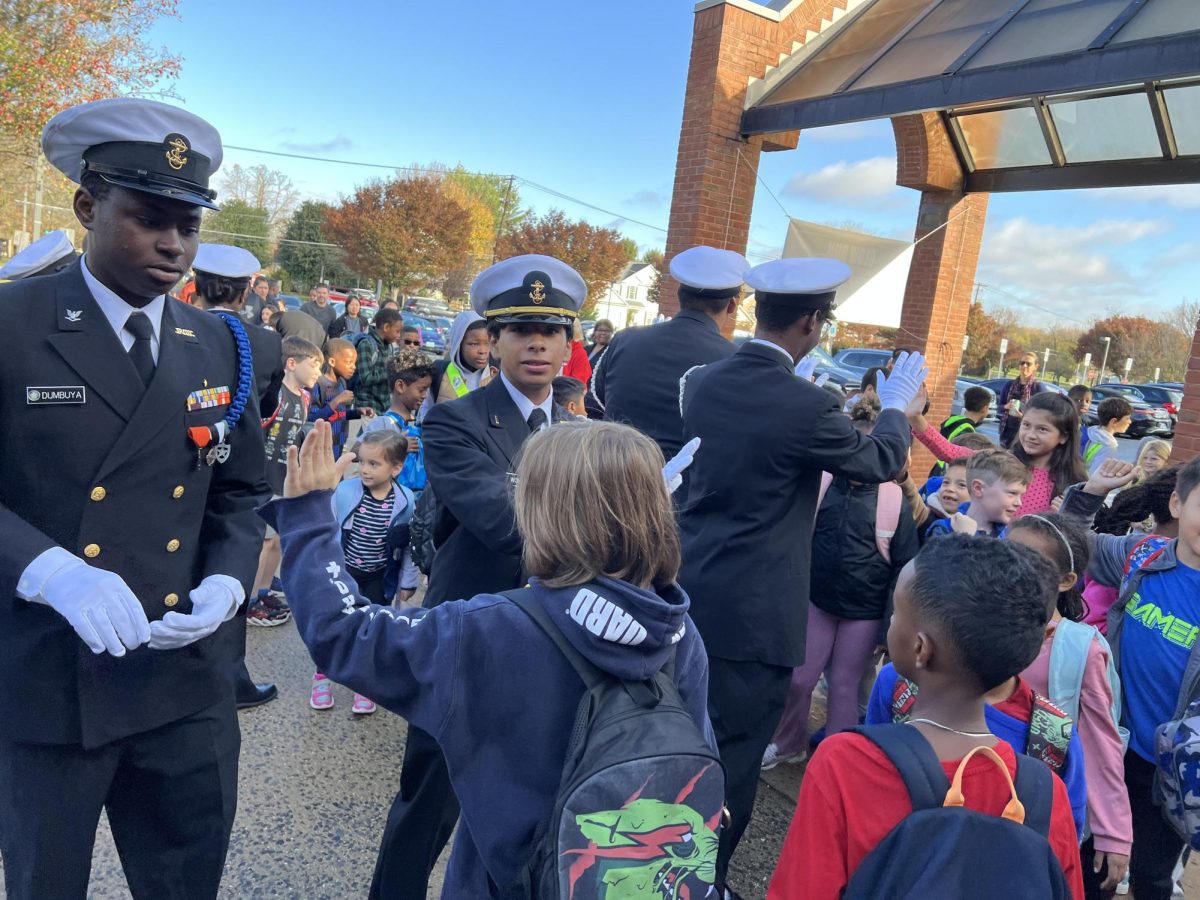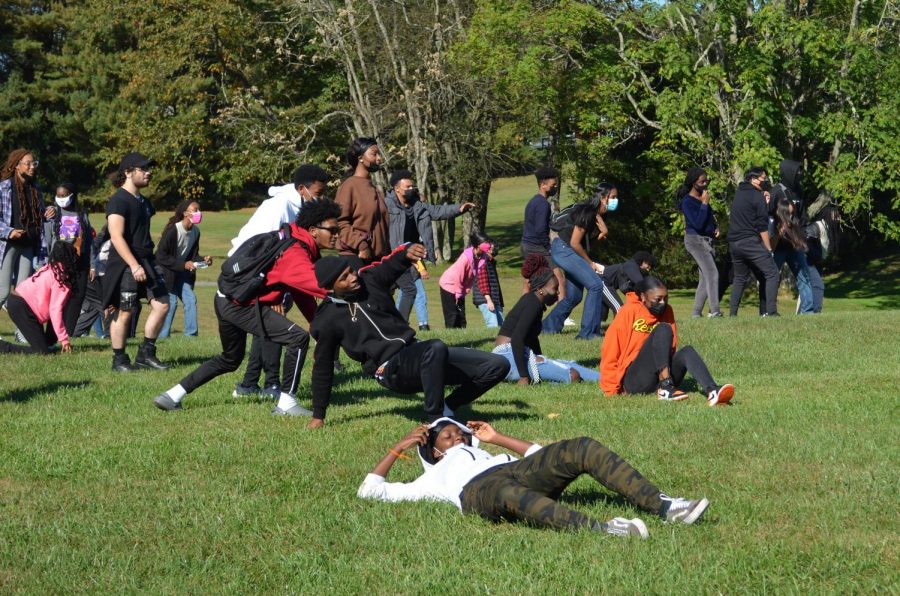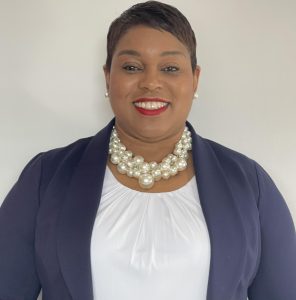Michael Brown Case Bigger Than Just Missouri
What Happens Next in Ferguson Will Affect More Than Just Missouri
October 14, 2014
By now, everyone knows about the incident that took place on August 9, 2014 in Ferguson, Missouri. This event, the shooting to death of an unarmed African–American teen named Michael Brown by a Caucasian police officer named Darren Wilson, has been a prominent feature in newspapers, on the TV news, and in a wide array of online sources for almost two months.
However, two of the primary questions that linger for most people have not yet been answered: “Was Officer Wilson’s reaction to Brown racially motivated?” and “Will Officer Wilson face any sort of legal charges for Brown’s death?”
According to most reports, the events began when Officer Wilson encountered Brown and Dorian Johnson as the two were walking down the middle of a street. According to witnesses, Brown had stolen cigars from a nearby liquor store. After the shooting, the Ferguson police stated that Officer Wilson was responding to the robbery call, which is why he stopped Brown and Johnson. However, the police later revised that comment to say that Wilson stopped the two young men only because they were walking in the street.
This discrepancy is – seemingly – at the center of this issue. Wilson’s altercation with Brown came after a very minor incident, jaywalking, and Wilson targeted the young black teen or it was the result of poor decision making by Brown and overly aggressive action by Wilson.
As news reached the streets of Ferguson, protests and riots broke out. People from all over the country traveled to Missouri to join the protests and support Brown’s family and community. The protests, which did include moments of violence, lasted from August 9th – 25th. According to data reported by Dan Keating of the Washington Post, during that time, there were one hundred fifty–five arrests.
During these protests and riots, local authorities took action to try to stop the commotion caused by the gatherings. These actions included establishing a 12AM – 5AM curfew and, in some cases, using tear gas as police tried to disperse the crowd.
People and groups came to Ferguson to take part in the rallies and protests. Some, like civil rights activist Al Sharpton, said that they came to spread peace. According to a St. Louis news station, Sharpton explained to protestors that “Ferguson and Michael Brown, Jr. will be a defining moment on how this country deals with policing and the rights of each citizen to redress our police are behaving in this country.”
As we now stand two months out from this tragic event, one thing has become very clear: Wilson seems to have targeted Brown because he was black. Washington Post writer Mark Berman’s report of racial profiling data from the Ferguson Police Department makes it pretty easy to infer that Brown, like many other African-American residents of Ferguson, was targeted. Berman reports that 2013 data shows that “while black residents accounted for 67 percent of Ferguson’s population, black drivers accounted for more than 86 percent of the traffic stops made last year by the Ferguson Police Department.” Berman adds that, in Ferguson, “the majority of the traffic stops (92 percent) that ended with arrests involved black drivers.” No, Mike Brown was not driving when he was approached by Officer Wilson, but the issue lies not in what he was doing, but who he was.
Another thing that has become clear is that there is a chance Officer Wilson will be charged and tried for his actions. According to multiple reports, including CNN, a grand jury is currently hearing evidence regarding the shooting and will make a decision on whether or not sufficient evidence exists to say that Officer Wilson committed a crime
Ultimately, this event goes to show that incidents like this still happen in the U.S. It also shows that events such as this continue to enrage people and force them to ask, “When is enough, enough?”
Sharpto













































